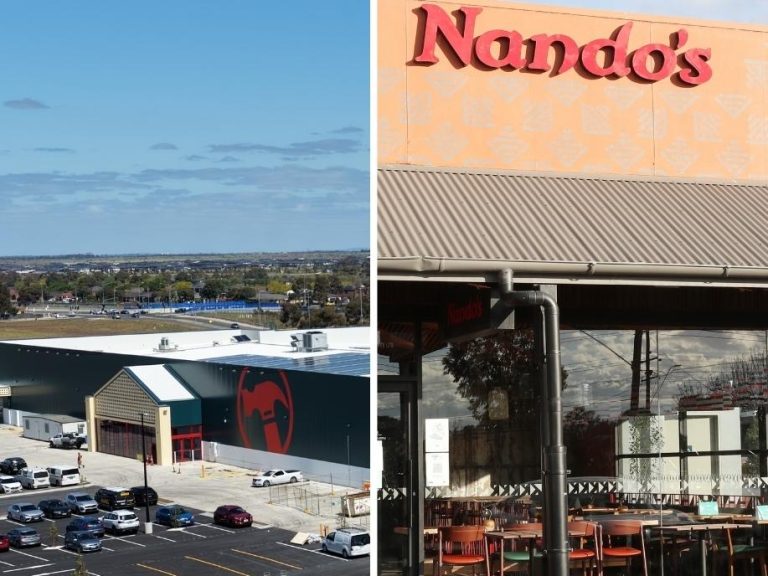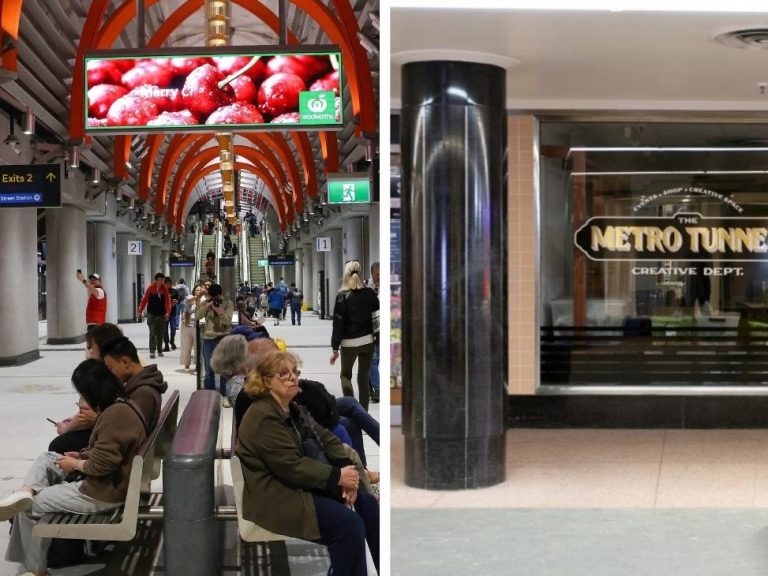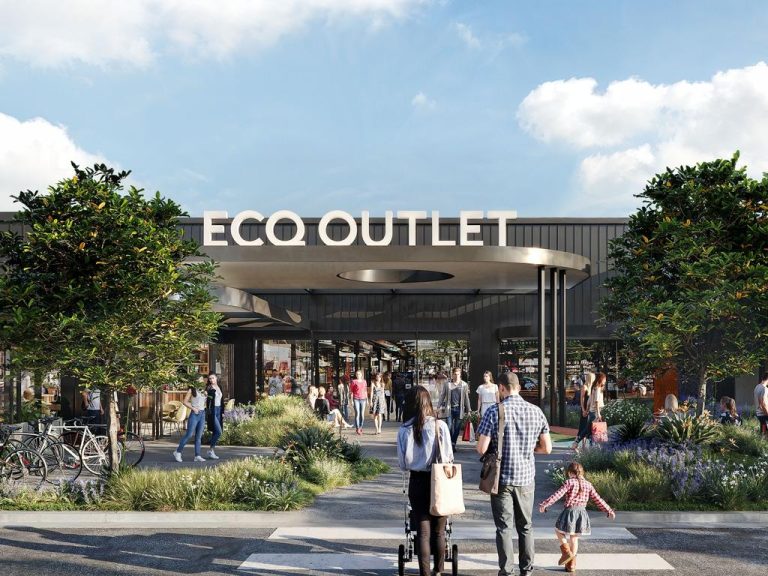How to: Negotiate the best deal on a retail lease

As a retailer, your lease is one of the most important contracts you will ever enter into as a business.
Rent can have a huge impact on your business profit and can literally make the difference between success and failure.
If your lease is due for renewal in the first half of the year, or you are looking for a new site, it may pay to remember the months leading into the new financial year are a good time to start researching the retail rental market. This is typically when landlords renegotiate or offer new leases.
Read more: Negotiating end of financial year leases
The current unstable retail environment means tenants are in the driver’s seat – landlords are increasingly offering incentives to entice new and existing tenants, such as discounted or rent free periods, and contributions to fit-out expenses.
With these facts in mind, how do you go about securing the best deal on your lease?
1. Do your research
Many retailers are inexperienced when it comes to negotiating leases. Most are uninformed about the market for incentives and what their desired retail space is really worth.
In retail property there are no common or publicly available reporting structures, like those that exist within residential property leases. Each negotiation is unique, so the onus is on the tenant to do their market research. The earlier you start your research, the better equipped you will be to negotiate a fair price with the landlord.
2. Talk to other retailers
As part of your research, talk to other retailers in the area. While they may not readily share their lease agreement terms with you, they will be able to give you an idea about the market for incentives and you will be able to learn from their experience.
3. Work out what suits your business best
Consider which incentive will suit your business priorities – it’s not a case of one size fits all. For example, rent deductions can assist with your cash flow, but if the fit-out of your store is important to attract your target demographic, you may seek contribution to a fit-out.
A 2013 Colliers International retail research report revealed that incentives to lure new tenants typically comprise a fit-out contribution equivalent to anywhere between six and 12 months’ rent on a five-year lease.
4. Read the fine print in your retail lease
Once you have negotiated the lease, make sure you read the fine print.
- Check for caveats on incentives. For example, some landlords may only make a contribution to a fit-out if the retail site is open and trading by a certain date.
- Tenants often overlook the subclauses of incentives. Some clauses may state that a portion of the incentive will be reimbursed by the tenant if the lease is terminated, surrendered or assigned prior to the expiry of the term.
- Be aware that incentives are often not registered on leases, and may involve confidentiality agreements.
Read more: 6 steps to help avoid issues in your commercial property lease
For retailers setting out to secure a good deal on their lease, the better informed you are, the more empowered you will be in negotiations with the landlord.
By conducting thorough market research, you will be in a far better position to secure a retail lease with incentives beneficial to your business.







